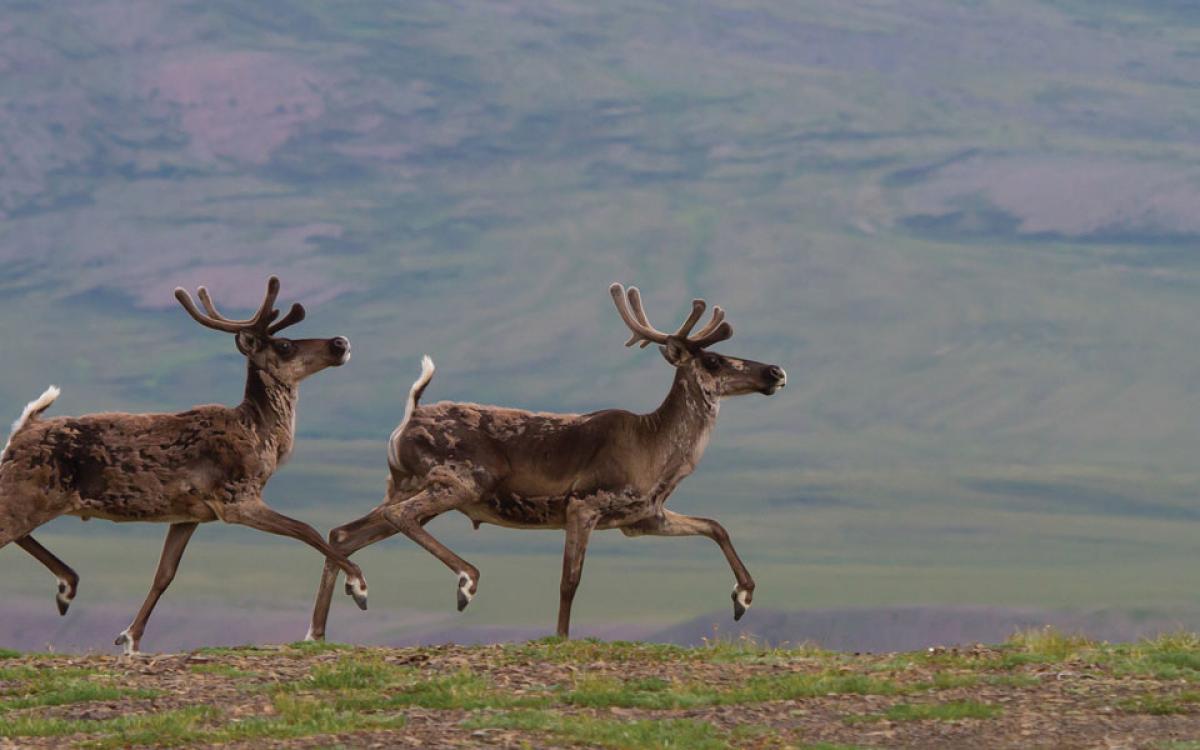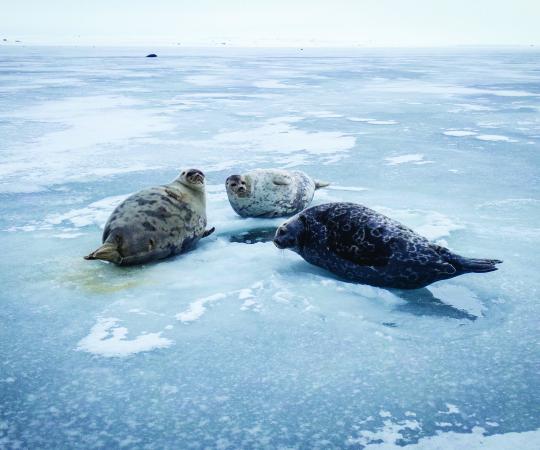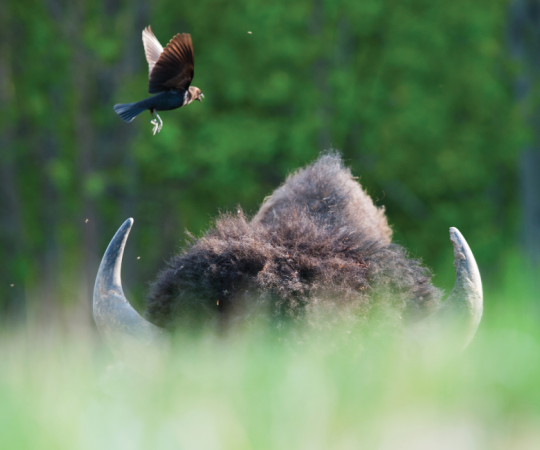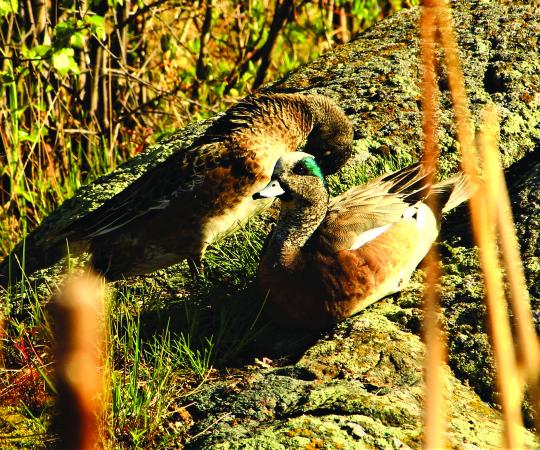THE PORCUPINE CARIBOU: The world's longest land migration
And they call a measly 800-kilometre jaunt by the African wildebeest “The Great Migration.”
From when mammoths roamed the Earth, the Porcupine caribou have travelled up to 3,000 kilometres each year through the harsh Northern wildernesses of what are now Alaska and the Yukon, crossing rivers and through mountains and over hardly-navigable muskeg.
They leave their wintering grounds in spring to head up through the Yukon’s Vuntut National Park and into Ivvavik National Park to calve, briefly safe from wolves and insects.
After the calves are born and once the bugs grow too bad, the ungulates move at a quick clip to find steady winds for reprieve from the incessant insect attacks.
The herd begins to fragment at this point, and spends the summer searching for food and relief from bugs throughout the Yukon and Alaska.
When snow arrives in the Fall, they begin to head south, returning eventually to their winter range, south of the Porcupine River.

DOLPHIN-UNION CARIBOU
The Dolphin and Union caribou are so named because every year they cross the Dolphin and Union Strait from their summering grounds, among the shrubs and sedge-grass on Victoria Island, to their wintering grounds on the mainland. They cross the sea ice once it’s frozen and return before it thaws. Both this herd and the Peary are the only ones to make an epic journey across the frozen ocean and back each year.

THE ARCTIC TERN: The world's longest migration—period
While the Porcupine caribou make the longest land migration each year, even this intense journey can’t hold a candle to that of the Arctic tern.
In the summer, as they find northern homes to breed, you might find them squawking and dive-bombing at your canoe as you paddle around Yellowknife Bay—indeed, you’ll find them squawking and dive-bombing at egg-hungry Arctic foxes as far north in Canada as the tip of Ellesmere Island.
There are many flocks, which take many different routes around the world, but generally they all follow a similar pattern: As the northern hemisphere turns to winter, these fickle birds head for summer near the South Pole, around Antarctica.
Their total journey takes them just over 70,000 kilometres, nearly from pole to pole, each year. Along the way, the little birds pluck food from the water.
These birds can live to be 34 years old, and if they do, they can die with the distinction of having flown a distance equal to going to the moon and back
three times.
How do they do it?
Each route, to the Arctic and back, follows the shape of an ‘S’ as they ride the prevailing winds to conserve their energy on this long journey. After all, they have a lot of squawking and dive-bombing to do when they reach their nesting grounds.

NARWHAL: The deep-sea divers
The unicorn of the Arctic sea is more than just its spiral tusk. In its search for food, it makes its own great journey—vertically.
Narwhal have been recorded diving as deep as 1,800 metres down into the frigid northern sea—the pressure at this depth would have crushed any World War II submarine.
They make dives like this, and return to the surface for air, over 15 times per day, at an average of 25 minutes for an 800-metre trip.

THE POLAR BEAR: Epic journeys hint at epic changes
In 2011, news spread all over the world of an epic journey conducted by a polar bear in 2008. Over the course of nine days, a female bear swam 687 kilometres throughout the Beaufort Sea—just under twice the distance between Toronto and New York—before intermittently walking and swimming for another 1,800 km throughout the sea ice. She’d been captured and collared previously. By the end of the journey, when she was studied again by scientists, she’d lost 22 percent of her body mass.
At the time, the study of this bear was an indicator of the effect loss of year-round sea ice is having on polar bears. Last year, polar bear biologist Andrew Derocher and his colleagues released a study that tracked similar journeys in the Beaufort Sea; out of 115 collared animals, the median swim was 92 kilometres. Derocher linked decreasing sea ice—the typical habitat for polar bears—with a sharp 50 percent decrease in population that the Beaufort Delta bears have seen; while the female bear in 2008 had the strength and stamina to make it, the yearlings produced since are much more weak and vulnerable.









